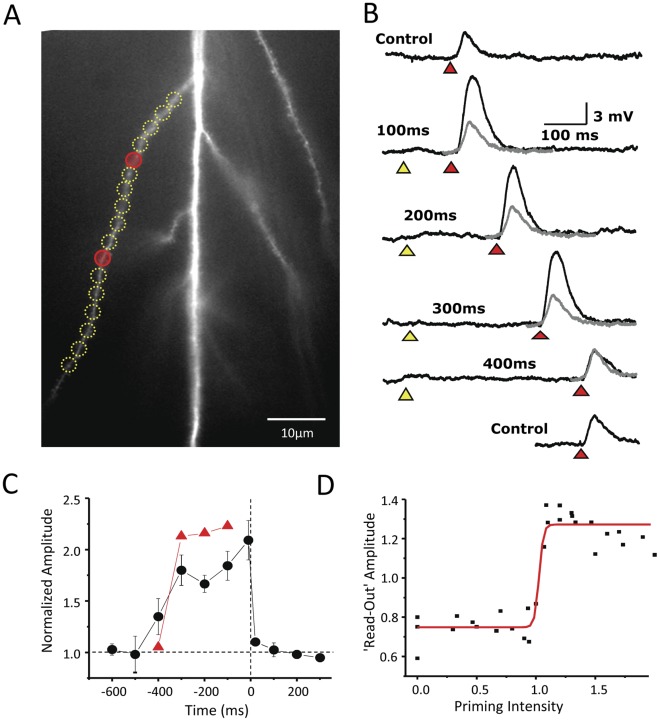Figure 2. The dendritic hold and read hypothesis.
(A) In the ‘dendritic hold and read’ hypothesis, information is held by the ligand-bound but Mg2+-blocked state of the NMDA receptor. To create such a population of receptors, a length of radial oblique dendrite is ‘primed’ by a low concentration of photoreleased glutamate (yellow circles). The read-out of the priming signal is postulated to be triggered by a modest ‘gating’ depolarization. This gating signal is generated by stronger focal photolysis of glutamate to activate AMPA receptors (red signal). (B) The priming stimulus need not produce any depolarization (yellow triangle). The gating stimulus (red triangle), when given in isolation, produces a 3–5 mV somatic depolarization (Control). But if the priming and gating stimuli are paired within a certain window of time (in this case ≤300 ms), an enhanced depolarization above the control response is observed (black vs. gray traces). The response to the gating stimulus when paired to the priming stimulus is called the ‘read-out’ response. (C) The ‘read-out’ response can be expressed as a function of the relative timing of priming and gating signal. The normalized response of the dendrite illustrated in panel B is shown in red. Group data for 42 dendrites is shown in black. (D) The amplitudes of ‘read-out’ responses as a function of priming intensity show a step-like behavior, also consistent with the idea that the read-out response is a local dendritic spike.

